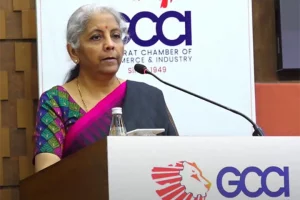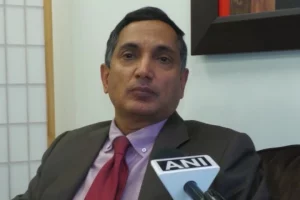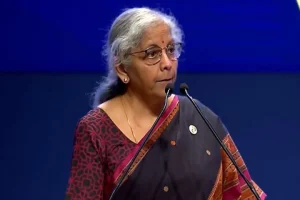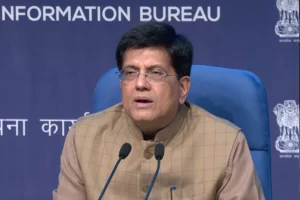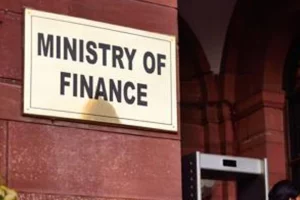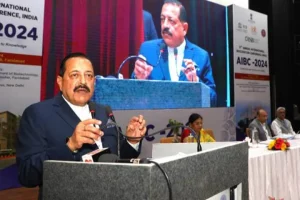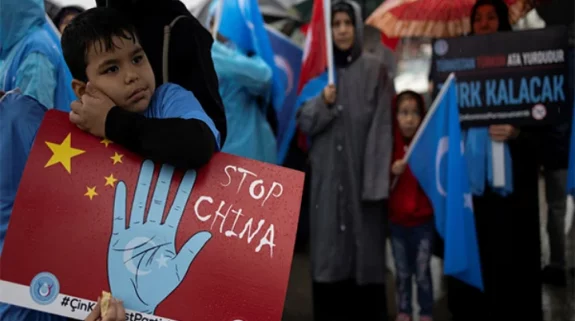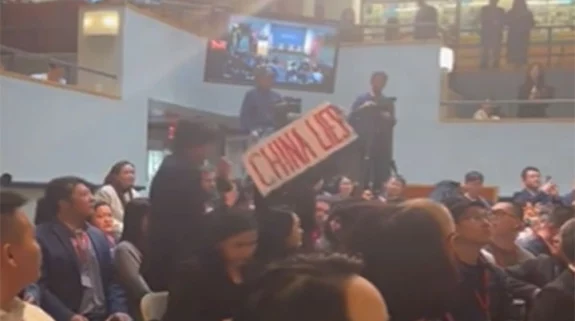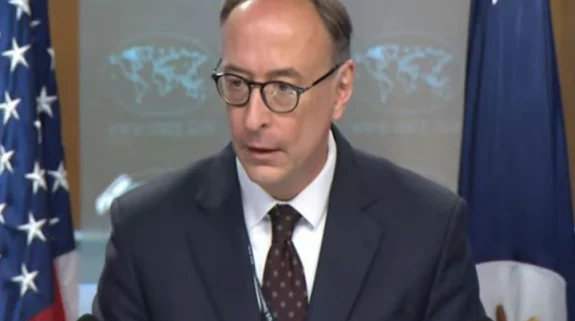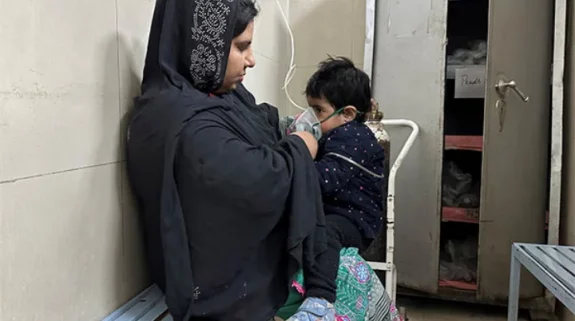Higher procurement of rice and wheat especially in “relatively laggard” states such as Assam, Bihar, Chhattisgarh, Jharkhand, Madhya Pradesh, Odisha, Uttar Pradesh, Uttarakhand and West Bengal has helped in bridging the inequality gap, according to the State Bank of India’s Ecowrap report.
The SBI states that there are two ways in which the procurement of cereals has lowered inequality. First, a higher procurement is benefitting the poorest of the poor in terms of subsequent free distribution of food grains and second, it may have also put money into the hands of smaller and marginal farmers, with distributional impact. “This also shows that the procurement of cereals by the government over time may have become more efficient across states,” the report said.
The Centre’s direct transfer of payments is adding Rs 75,000 to a household per annum.
“Our results clearly substantiate that in the Indian context, it is an incorrect conjecture to assume that inequality has worsened during pandemic,” the report authored by Soumya Kanti Ghosh, Group Chief Economic Adviser, SBI noted. There have been a few reports which suggested that inequality in India has been on the rise.
With a progressive growth in output across states as proxied by the gross state domestic product (GSDP)—a measurement of the total value added by industries in each state or union territory which serves as a counterpart to the national gross domestic product (GDP)—it is clear that the fruits of such a growth have clearly reverberated and dovetailed into an inclusive growth, it said, adding that India has done well during pandemic in terms of navigating income shocks across deciles of population.
Earlier, political analyst and psephologist Sajjan Kumar told India Narrative that the Narendra Modi government social benefit schemes have been a success, reaching the targeted households in almost all states.







